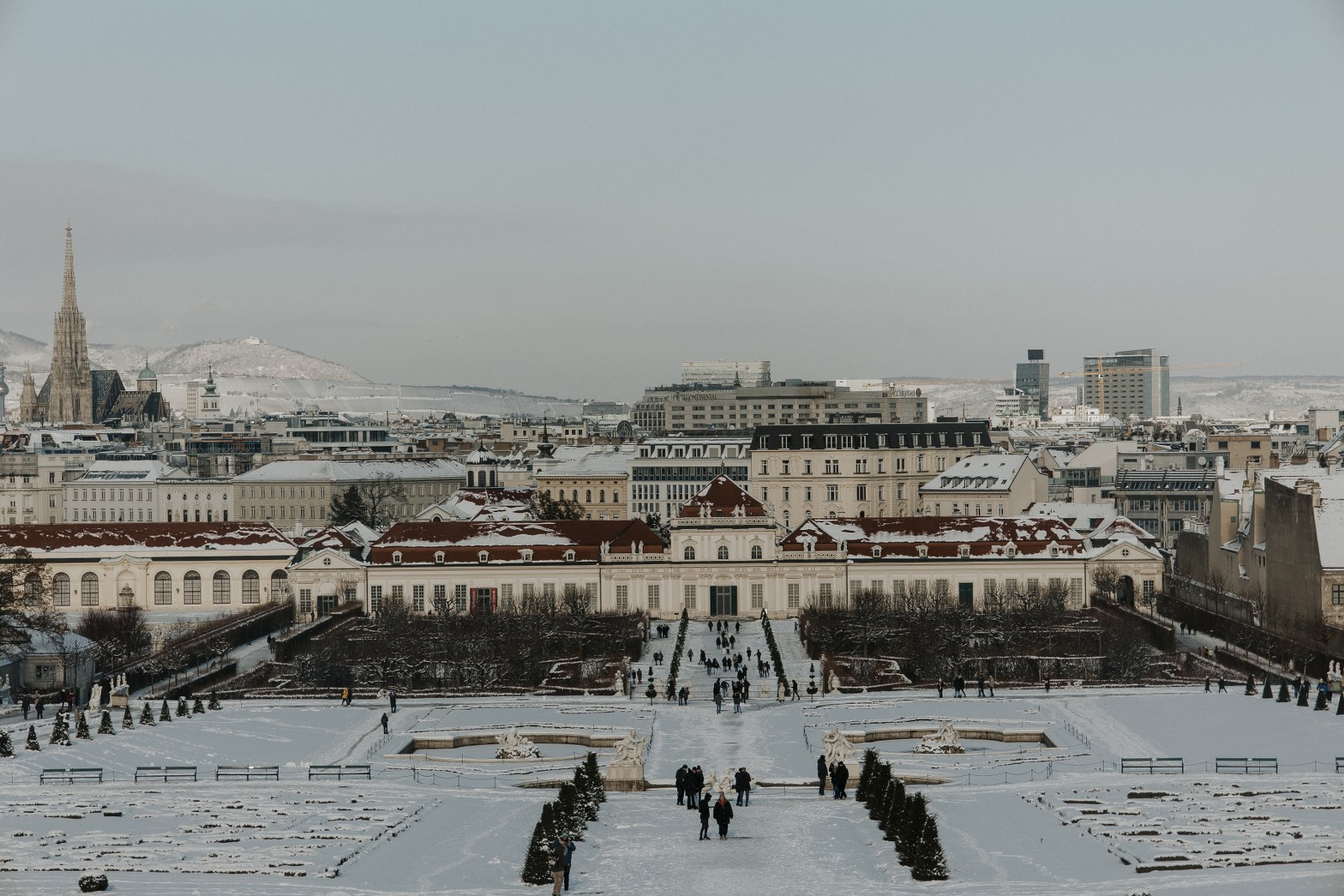A Curated Exploration of Vienna’s Most Intriguing Cultural Treasures
In the spirit of adventure and cultural discovery, I’ve curated a list of unique travel destinations that promise to offer experiences for your visit in Vienna. This city, steeped in history and adorned with architectural marvels, offers a rich tapestry of museums and exhibitions that cater to every artistic inclination. Let’s explore the eclectic mix of traditional and modern art spaces that make Vienna a must-visit destination for art lovers and history buffs alike.
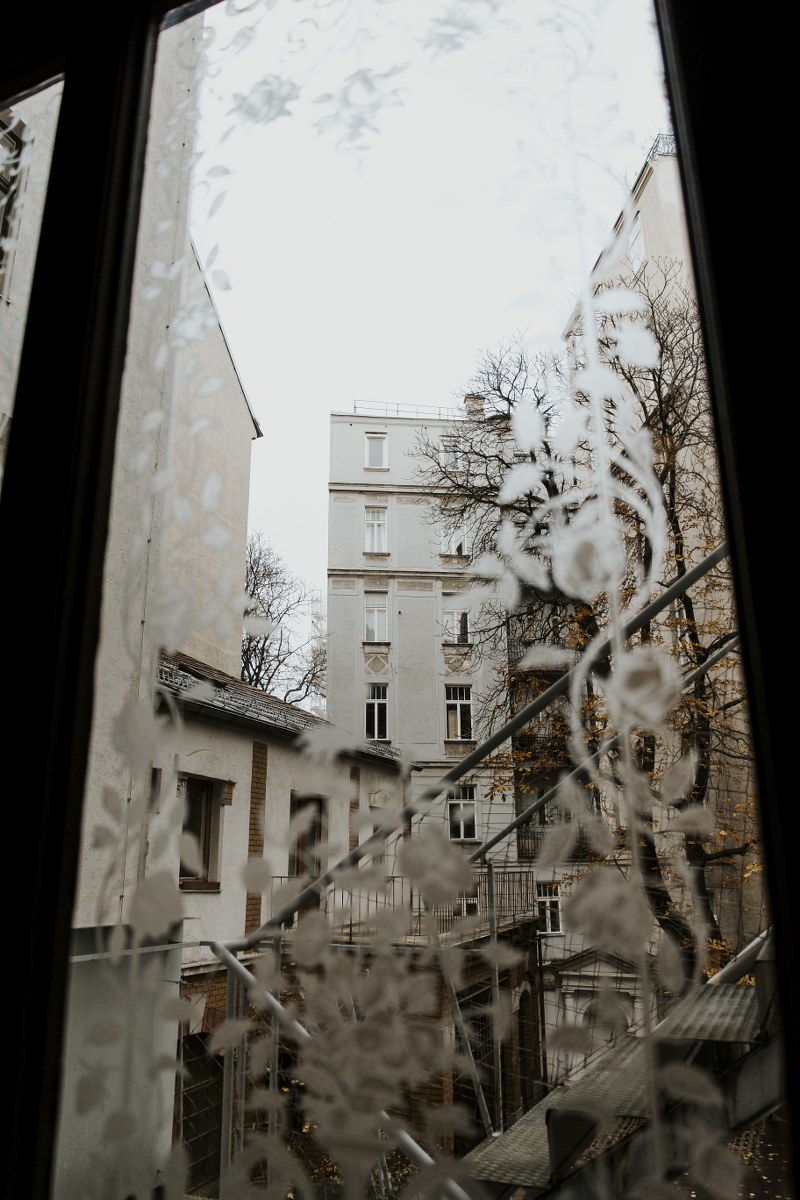
1.The Sigmund Freud Museum
Tucked away in Vienna’s charming 9th district, the Freud Museum, established in 1971, offers an intimate glimpse into the life of the legendary psychoanalyst. Set within the very apartments where Freud spent much of his life, this museum embodies a deeply personal experience. As you step through the building’s entrance, you find yourself amidst the elegant staircases that connect the museum’s various sections, including the library and exhibition spaces.
The museum encompasses the apartments where Freud lived and conducted his groundbreaking consultations. These spaces, including his study, waiting room, and session rooms, are steeped in history. While Freud relocated to London in 1938 with most of his belongings, the museum still houses significant historical artifacts. Despite many of Freud’s personal items now residing in London, the Vienna museum remains a testament to his life and work. In 2021, the museum’s refurbishment received the prestigious Society of Austrian Architects award (Bauherrenpreis), followed by the Austrian Museum Award (Österreichischer Museumpreis) in 2023. This recognition highlights the museum’s remarkable yet understated character.
Visitors can freely explore all rooms, including Freud’s former upper ground floor practice room. The museum not only serves as the birthplace of psychoanalysis at Berggasse 19 but also as a commemoration of the loss of humanity under the National Socialist regime. Beyond Freud’s professional legacy, the museum offers insights into his life as a family man and father.
The experience is rounded off with a visit to the museum’s charming café, where you can reflect on your journey with a comforting cup of coffee. The Freud Museum is a must-visit for those looking to connect with the history and humanity of one of the 20th century’s most influential figures.
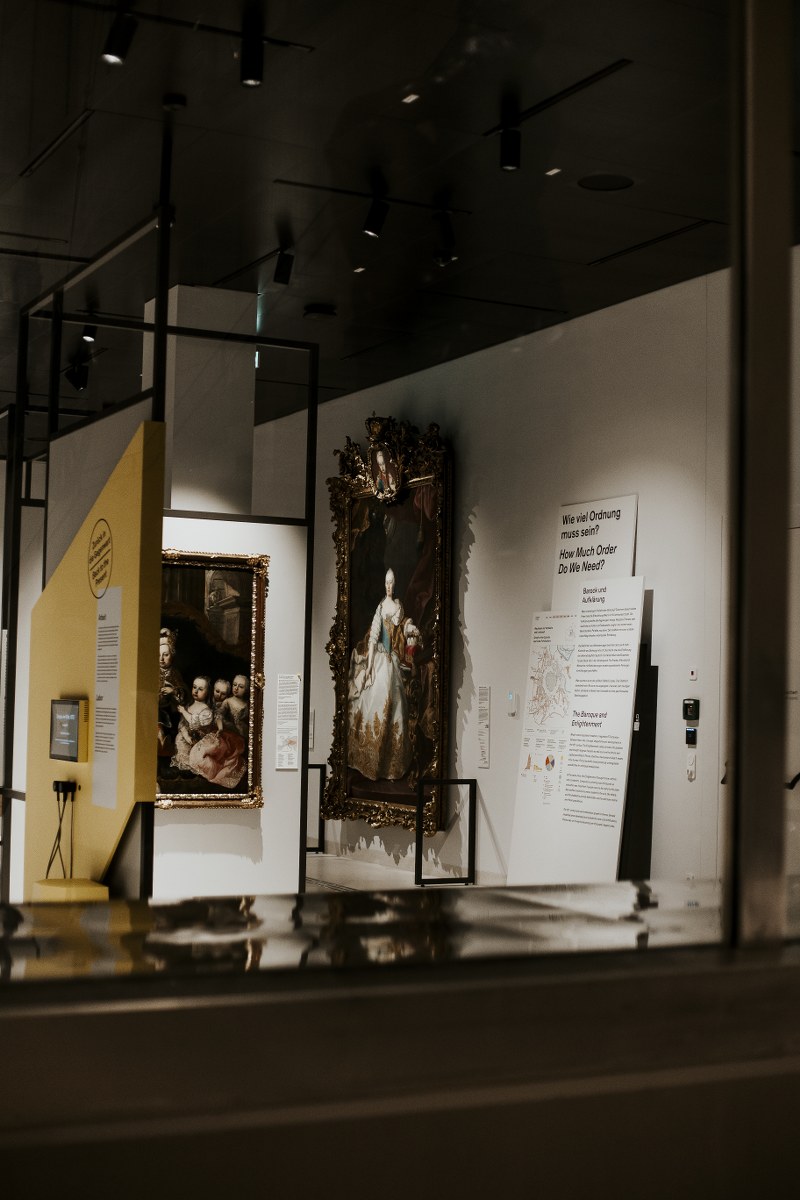
2. Wien Museum
The Wien Museum, a prominent city-owned institution in Vienna, distinct from state-owned entities like the Belvedere, offers a unique and comprehensive exploration of Vienna’s 2000-year history. Spread across 17 buildings, the museum boasts an impressive collection of 1700 objects, providing a rich, chronological journey through the city’s past. As a starting point for visitors to Vienna, the museum enhances the understanding and appreciation of the city’s streets and architecture.
What sets the Wien Museum apart is its dedication to inclusivity and accessibility. This commitment is evident in its provision of tactile experiences for the blind or disabled, allowing a more immersive understanding of the city’s history. The museum’s approach to presenting history is both honest and unflinching, as it navigates through sensitive subjects and darker aspects of the past, ensuring a truthful narrative is conveyed.
Architecturally, the museum itself is a piece of post-war modernism. Conceived in the 1950s by Oswald Haerdlt, it opened its doors in 1959, standing as a symbol of resilience and renewal. The subsequent restructuration and enlargement of the museum further evolved Haerdlt’s vision, culminating in a breathtaking open space platform. This vantage point offers a panoramic embrace of the Karlsplatz, melding the beauty of art with the grandeur of nature.
If you are looking to broaden your knowledge on Vienna’s history before walking throughout the city, this is a perfect place to do so, especially as it is free to enter. You should however reserve your timeslot in advance.
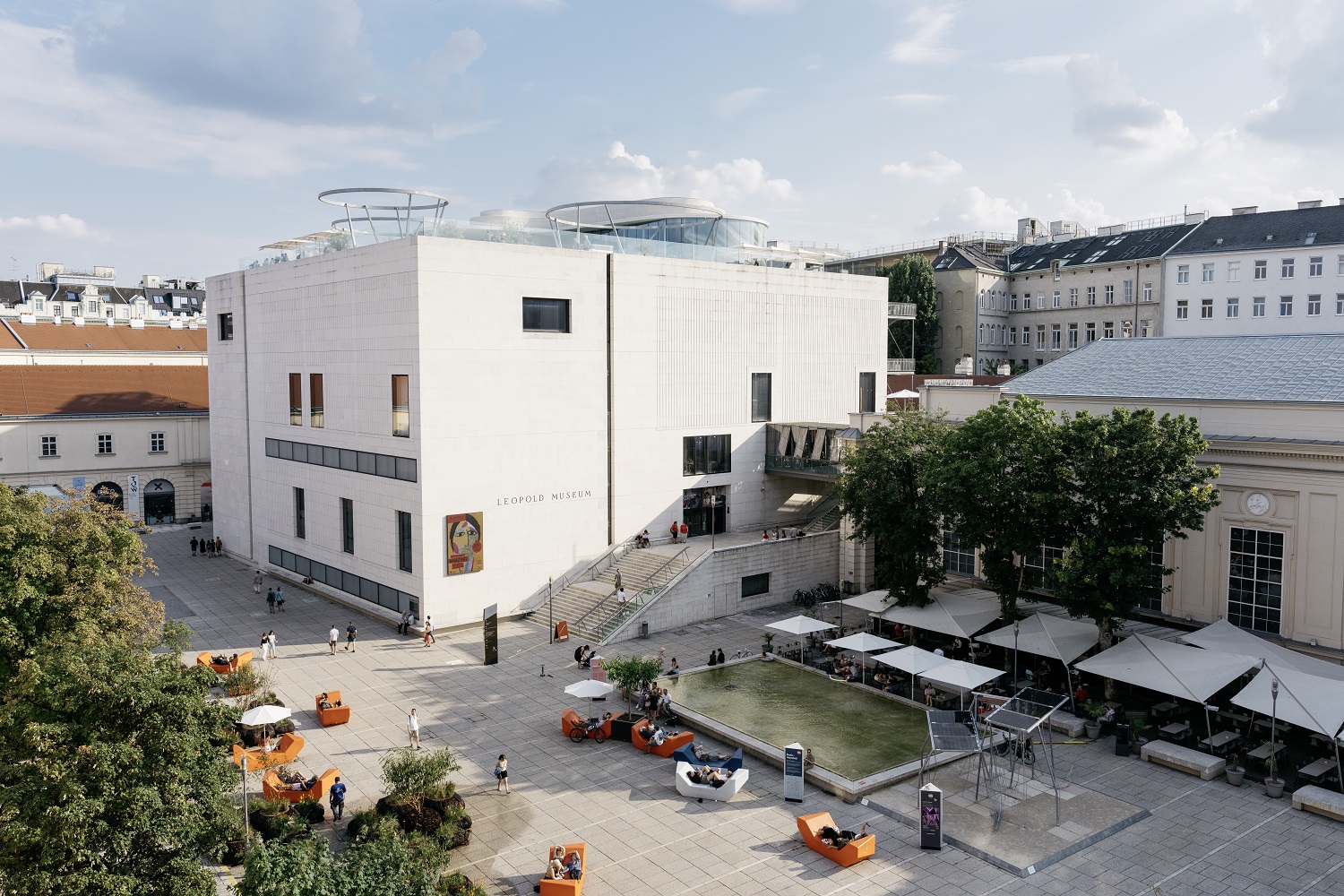
3.Leopold Museum
Nestled in the cultural heart of Vienna’s MuseumsQuartier, the Leopold Museum emerges as a distinguished sanctuary of modern art, capturing the vibrancy of early 20th-century Austrian creativity. Stretching over seven floors, this architectural gem is not just an imposing presence but also the proud home to the world’s most extensive Egon Schiele collection. Established in 1994 through the visionary efforts of Rudolf Leopold, who transformed his private collection into a public foundation, the museum has since been a beacon of artistic brilliance.
The Leopold Museum’s collection is a veritable feast for the eyes, showcasing an unparalleled range of works by some of the era’s most influential figures. The museum is synonymous with the raw and emotive art of Egon Schiele, whose works challenge and captivate in equal measure. Yet, the museum’s scope extends beyond Schiele, encompassing a remarkable selection of Gustav Klimt’s works, whose ornate and ethereal pieces continue to enchant art aficionados.
In addition to these luminaries, the museum also features the works of Koloman Moser, Richard Gerstl, and Oskar Kokoschka, each artist contributing a unique voice to the rich tapestry of Austrian modernism. Further adding to this diverse palette are the creations of Max Oppenheimer and Gabriele Münter, providing a broader context to this transformative era in art history.
Beyond its role as a repository of magnificent artworks, the Leopold Museum distinguishes itself with its dynamic and insightful curatorial approach. Its exhibitions are more than mere displays; they are narratively rich, offering a deeper understanding of the social and cultural milieu that gave birth to these masterpieces. This thoughtful presentation allows visitors not just to admire the visual splendor of the art but to engage with the historical and emotional narratives that underpin each piece.
For connoisseurs of modern art and those intrigued by its evolution and impact, the Leopold Museum in Vienna’s MuseumsQuartier stands as an indispensable destination. It is a place where the legacy of modern art is vibrantly celebrated.

4. Kunsthistoriches Museum
Vienna’s Kunsthistorisches Museum, a grand edifice of art and history, stands as a beacon of Europe’s rich artistic legacy. Founded on the extensive collections of the Habsburg dynasty, this museum is more than a repository of art; it’s a narrative woven through centuries of artistic evolution. From ancient civilizations to the cusp of the modern era, the museum’s vast array of masterpieces makes it one of the most significant art museums in the world.
As one traverses the halls of the Kunsthistorisches Museum, they are taken on a journey back in time. The museum’s illustrious array of Old Master paintings is particularly noteworthy, featuring iconic works by Raphael, Titian, and Caravaggio. Each gallery within this majestic space is not just a room but a chapter in the story of art, offering an immersive experience into the world of Renaissance and Baroque brilliance.
Beyond the realm of paintings, the museum boasts a diverse collection that spans across various mediums and epochs. The Egyptian and Near Eastern Collection captivates with its ancient relics, while the Collection of Greek and Roman Antiquities provides insight into the art forms that shaped Western civilization. A standout feature is the Kunstkammer Wien, an extraordinary assemblage of Renaissance and Baroque artifacts that blur the lines between art, science, and wonder.
The Kunsthistorisches Museum also distinguishes itself with a dynamic approach to art presentation. It hosts a variety of temporary exhibitions and cultural programs, each curated to shed new light on both historical and contemporary artistic narratives. This approach keeps the museum vibrantly aligned with the pulse of Vienna’s cultural life, appealing to a broad spectrum of art enthusiasts.
For those seeking to immerse themselves in the continuum of artistic history, the Kunsthistorisches Museum is an essential visit. It’s a place where the past is alive, and the stories of art from across the ages are told with reverence and wonder. In the heart of Vienna, this museum stands not just as a building, but as a testament to humanity’s enduring pursuit of beauty and expression.
5. WestLicht. Museum for Photography
Since its inception in 2001, the Westlicht Photo Gallery in Vienna has established itself as a distinguished hub for photographic art, mounting over 100 exhibitions that have showcased the works of renowned photographers like Henri Cartier-Bresson, Elliott Erwitt, Franz Hubmann, Sebastião Salgado, Herbert List, and August Sander. This gallery, a beacon for photography enthusiasts, celebrates the art form with a blend of historic mastery and contemporary vision.
Westlicht’s reputation is further enhanced by its annual hosting of the World Press Photo competition, a pivotal event in the realm of photojournalism. This event highlights the gallery’s commitment to not only showcasing photographic excellence but also engaging with critical, global narratives captured through the lens.
Expanding its reach, Westlicht has branched out with Ostlicht, a satellite gallery located in a repurposed industrial bakery in Vienna’s tenth district. This expansion signifies the gallery’s evolution and its ambition to make photographic art accessible in diverse urban settings.
The area surrounding Westlicht and the adjacent Leica shop has blossomed into Vienna’s own photography quarter, nestled between Zieglergasse and Kaiserstrasse. This district has become a haven for photography aficionados, dotted with specialist stores offering a treasure trove of new, used, and rare cameras and accessories.
Adding to Vienna’s photographic landscape is the biennial Foto Wien festival. This festival, a celebration of photographic diversity, collaborates with partners across the capital, including Kunsthalle Wien and other museums and galleries. The festival, showcasing a plethora of photographic genres, is a testament to the city’s vibrant and evolving focus on photography.
Looking to the future, Vienna will welcome its first museum dedicated to contemporary photography, Foto Arsenal Wien, set to open in the Arsenal (third district) in fall 2024. This new space, within a broader cultural cluster, promises to be a significant addition to Vienna’s photographic scene, offering a dedicated platform for contemporary photographic expressions.
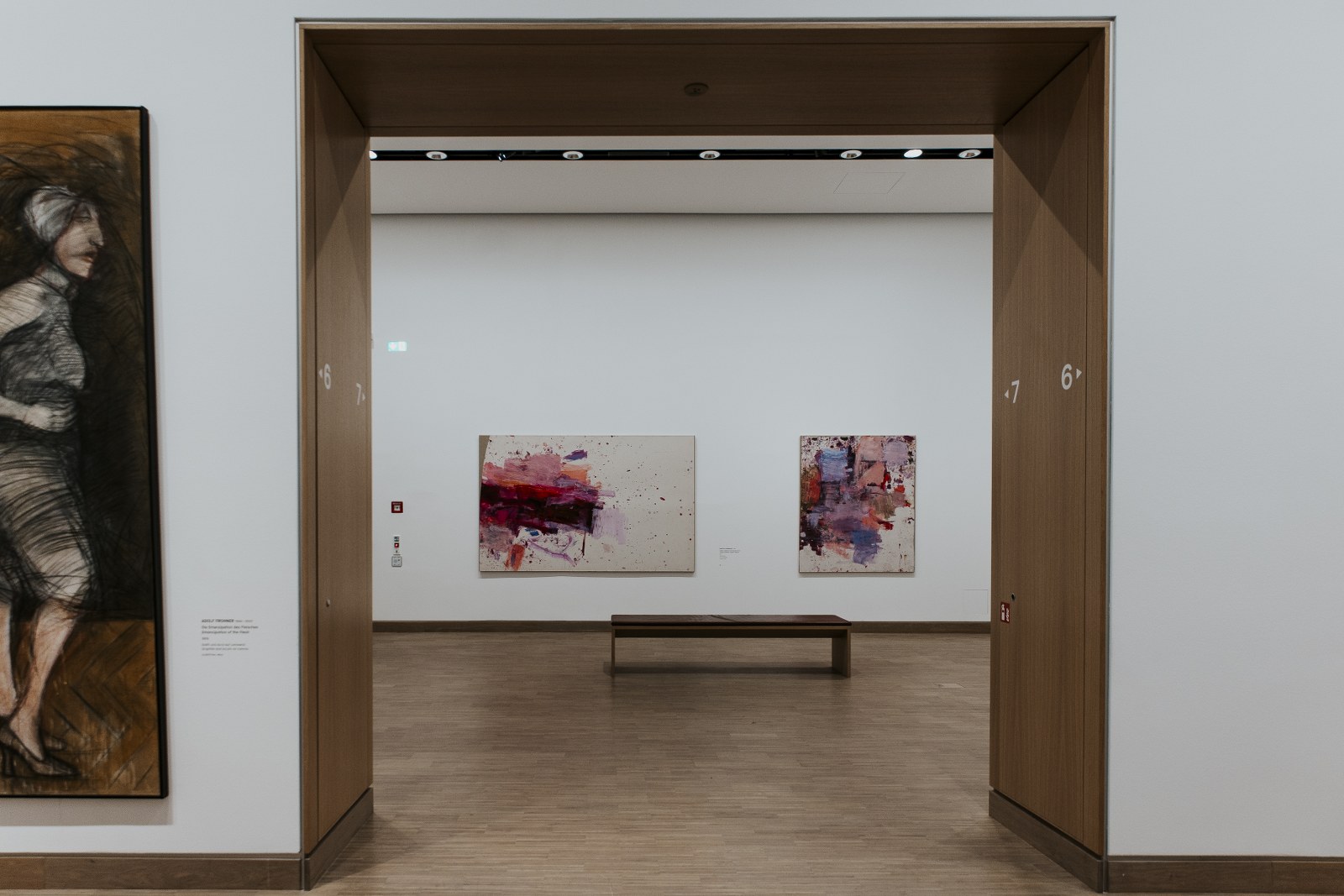
7. Albertina Modern
Albertina Modern, Austria’s new art museum, has swiftly risen to prominence as a preeminent venue for modern and contemporary art. Situated in the heart of Vienna, it presents an eclectic array of international and Austrian art post-1945, showcasing the dynamism and diversity of the artistic landscape in this period.
Boasting a collection of over 60,000 works by 5,000 artists, the museum stands among the world’s largest museums in its field. Its expansive 2,000 square meters of exhibition space are primarily dedicated to showcasing its own holdings. This includes a significant array of modern and contemporary art, prominently featuring masterpieces from the Essl Collection, which became a part of Albertina Modern’s holdings in 2017.
The museum is housed in the Künstlerhaus on Karlsplatz, an exhibition building with a rich history dating back to 1865. This historic structure underwent extensive restoration and modernization from 2017 to 2020, funded by the patronage of Hans Peter Haselsteiner. The transformation of this space reflects the museum’s commitment to blending historical architecture with contemporary artistic expression.
The museum also places a significant emphasis on important national artists from the 20th century to the present day. Its diverse collections include pop art icons like Andy Warhol and Roy Lichtenstein, as well as contemporary luminaries such as Damien Hirst, Jonathan Meese, and Anselm Kiefer. Rooted in the rich legacies of the Essl and Jablonka Collections, Albertina Modern presents art that is both provocative and engaging, leaving no visitor untouched.
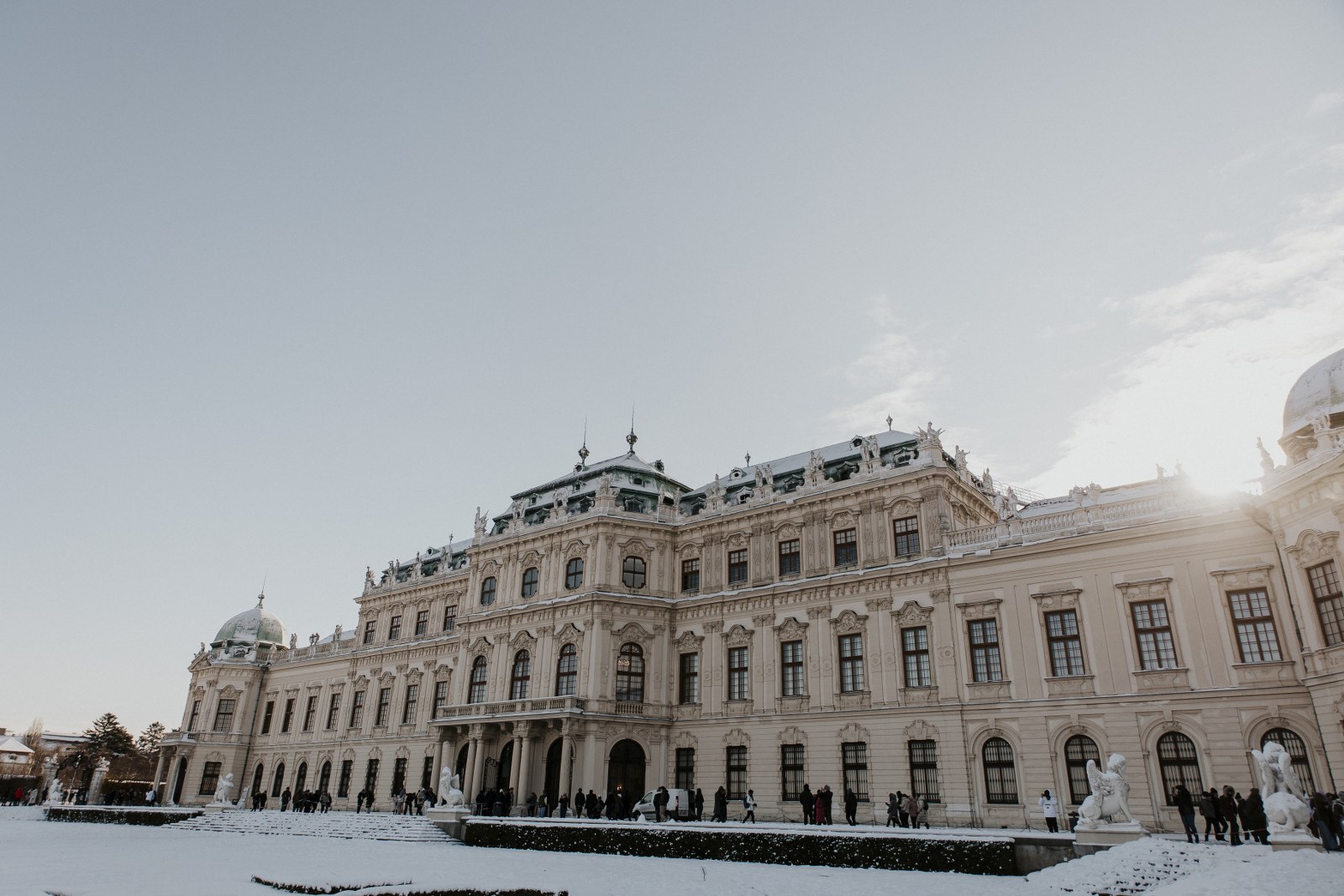
8. Palaces : Schönbrunn Palace, Belvedere Palace, Hofburg Palace and the Lichtenstein Palace
Vienna is a city steeped in imperial grandeur, adorned with an array of majestic palaces, each narrating its unique chapter in history. These regal estates, draped in ivy and enveloped in lush gardens, are not just architectural marvels but repositories of cultural and historical wealth. A stroll through their gardens or a ticketed tour within their walls promises a journey into the heart of Viennese splendor. We’ve put them all together, however these can take half a day or even a full day to visit. The most popular one , boasting a beautiful array of artworks, would be The Belvedere Palace, which is not too far from the city center. Here’s our list below :
Belvedere Palace: Comprising two magnificent baroque buildings, the Upper and Lower Belvedere, this palace complex is a testament to princely extravagance. The Belvedere is not only renowned for its stunning architecture but also for its extensive art collection, including Gustav Klimt’s iconic “The Kiss.” The palace gardens, a masterpiece of baroque landscape architecture, offer a tranquil retreat amidst sculpted hedges and cascading fountains.
Schönbrunn Palace: This baroque masterpiece, with its 1,441 rooms, stands as a symbol of the opulent Habsburg monarchy. Schönbrunn’s gardens, a harmonious blend of meticulously landscaped grounds and natural beauty, offer a serene escape. The palace’s history echoes through its halls, from the grandeur of the Gloriette to the intimacy of the imperial apartments. Visiting Schönbrunn early in the morning is advisable to fully appreciate its magnificence without the crowds.
Hofburg Palace: This sprawling complex, once the epicenter of the Habsburg empire, houses the Sisi Museum, dedicated to Empress Elisabeth of Austria. The Hofburg’s imperial apartments, the Silver Collection, and the Sisi Museum provide a glimpse into the private and public lives of the imperial family. The palace is a labyrinth of history and culture, encapsulating the essence of Austrian royalty.
Liechtenstein Palace: Though lesser-known compared to its counterparts, the Liechtenstein Palace is a hidden gem. This palace, owned by the princely family of Liechtenstein, showcases stunning baroque architecture and interiors. Its art collection, though privately held, is occasionally accessible to the public, offering a peek into the artistic tastes of one of Europe’s prominent noble families.
Exploring these palatial estates offers a window into Vienna’s past, where the echoes of royalty, art, and history merge to create a tapestry of unparalleled cultural richness.

